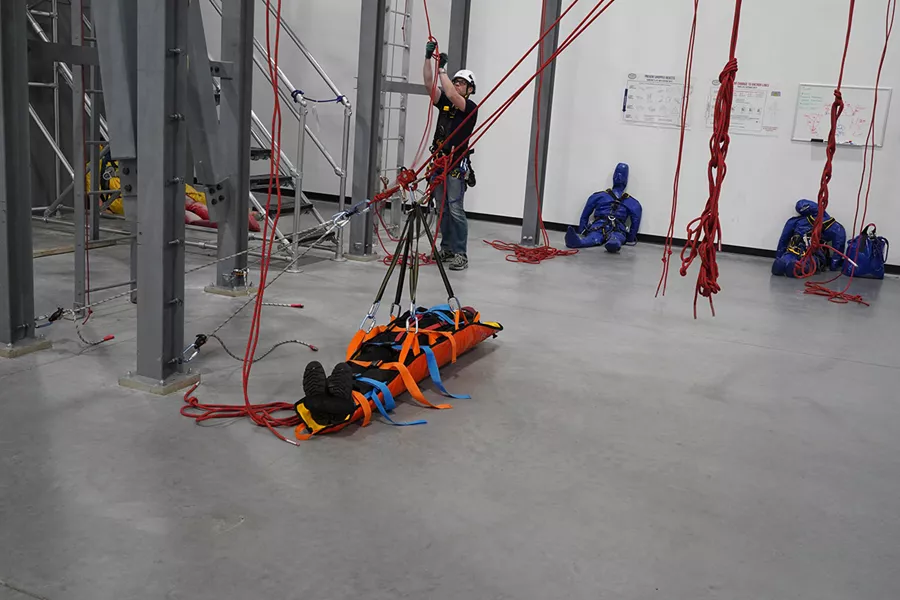Across the UK, home-based care is undergoing a quiet revolution. Live in care in Scotland is increasingly supported by digital innovations that make everyday assistance safer, more efficient, and more personalised. From remote monitoring to smart home systems, technology is bridging the gap between traditional hands-on care and modern expectations of independence.
Smart Homes for Safer Living
One of the most visible shifts is the integration of smart devices into homes. Sensors can detect movement, track daily routines, and even alert carers if something seems unusual, such as a fall or a sudden change in activity levels. Voice-activated assistants allow individuals to control lighting, heating, or emergency calls without leaving their chair. For families, this adds peace of mind, knowing their loved ones are supported not only by a live-in carer but also by reliable technology that watches over them round the clock.
Digital Health Monitoring
Wearable devices have transformed how health information is gathered and shared. Watches and patches now measure heart rate, blood pressure, oxygen levels, and sleep quality. Data from these devices can be transmitted securely to healthcare professionals, allowing early detection of potential issues. For residents in Scotland’s rural areas, where immediate medical assistance might not always be nearby, this type of monitoring ensures timely intervention without unnecessary hospital visits.
Communication Without Barriers
Another major advance is communication technology. Video calls and messaging apps make it easier for live-in carers to connect with healthcare teams, family members, and local support services. This reduces isolation for the individual receiving care and strengthens the sense of community. In Scotland, where geography sometimes limits face-to-face visits, these tools create a lifeline between remote communities and medical expertise in larger towns and cities.
Supporting Independence and Dignity
Technology in live-in care is not only about monitoring but also about promoting independence. Adaptive devices such as automated pill dispensers ensure that medication is taken on time without confusion. Mobility aids connected to digital systems can guide safe walking paths around the home, while reminder tools help with daily tasks like eating, drinking water, or keeping appointments. By combining human support with digital aids, care is delivered in a way that respects dignity and encourages self-reliance.
Training Carers for a Digital Future
As technology becomes central to care, training is essential. Carers now learn to operate health monitoring apps, troubleshoot smart devices, and use digital reporting systems. This professional development not only improves the quality of care but also ensures that carers remain confident in managing both human and technical aspects of support. In Scotland, local care organisations are increasingly offering digital training sessions, recognising the importance of equipping staff with the right tools and knowledge.
Overcoming Challenges of Access
While the benefits are clear, challenges remain. Reliable internet access is still inconsistent in parts of Scotland, making it harder to roll out advanced digital systems. Affordability can also be a barrier for some families. However, gradual investment in rural broadband and government-backed health initiatives are helping to close these gaps. As access improves, more households will be able to take advantage of digital solutions that make live-in care safer and more effective.
Looking Ahead
The future of live-in care in Scotland is set to be increasingly shaped by technology. As devices become more affordable and user-friendly, their adoption will only grow. For individuals needing support, this means care that is not only compassionate but also enhanced by real-time information, smart tools, and reliable communication. For carers, it provides better resources to do their jobs effectively while ensuring families remain reassured.
Conclusion
Technology is no longer an optional extra in live-in care. In Scotland, it is becoming a vital partner in supporting people to live safely and independently in their own homes. By blending human empathy with digital innovation, live-in care is transforming into a modern, responsive, and dignified service that meets the demands of today while preparing for the challenges of tomorrow.





